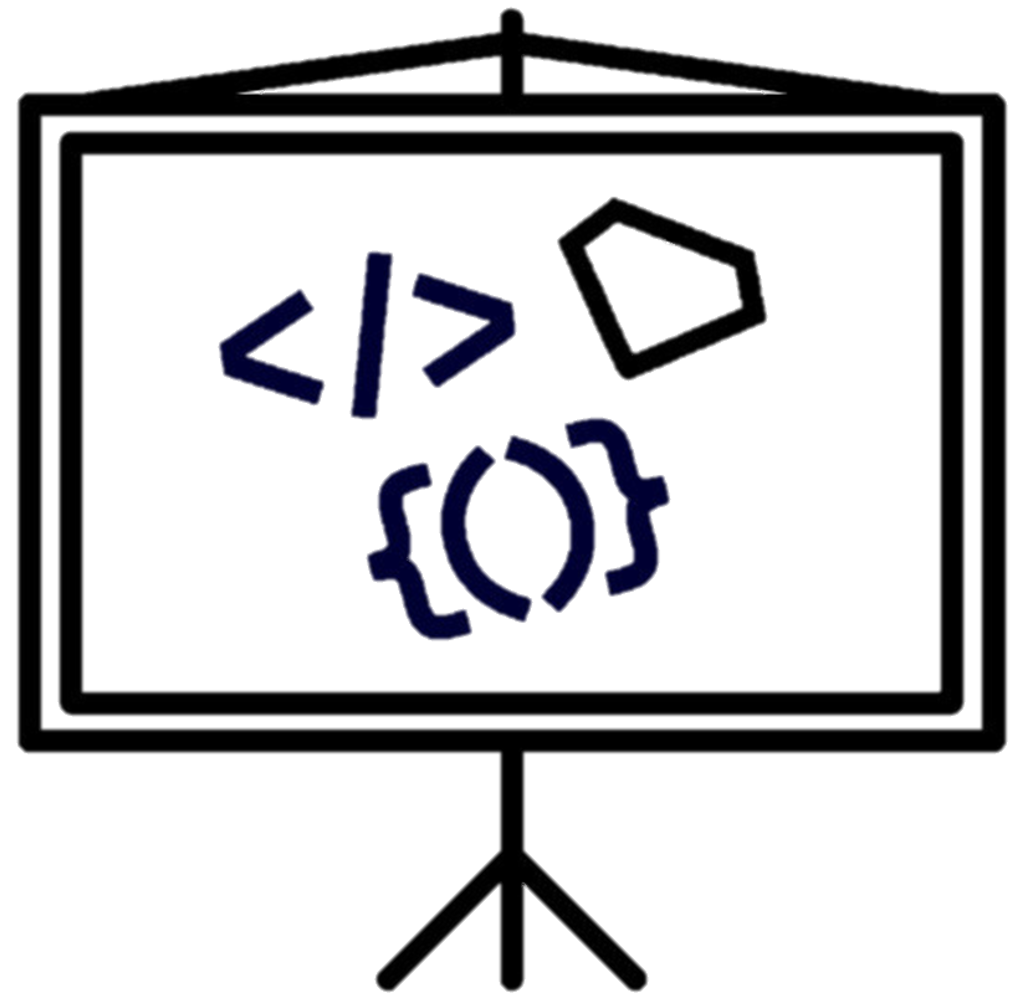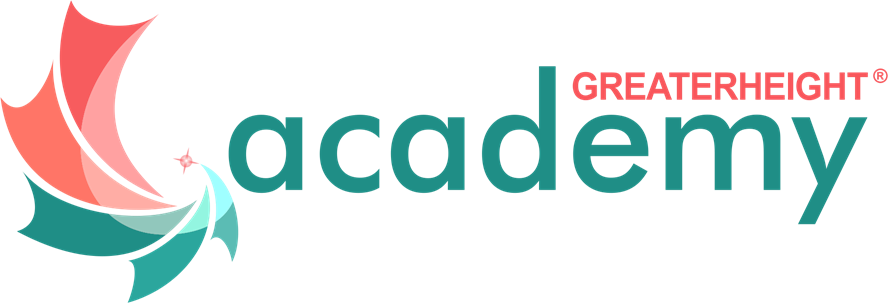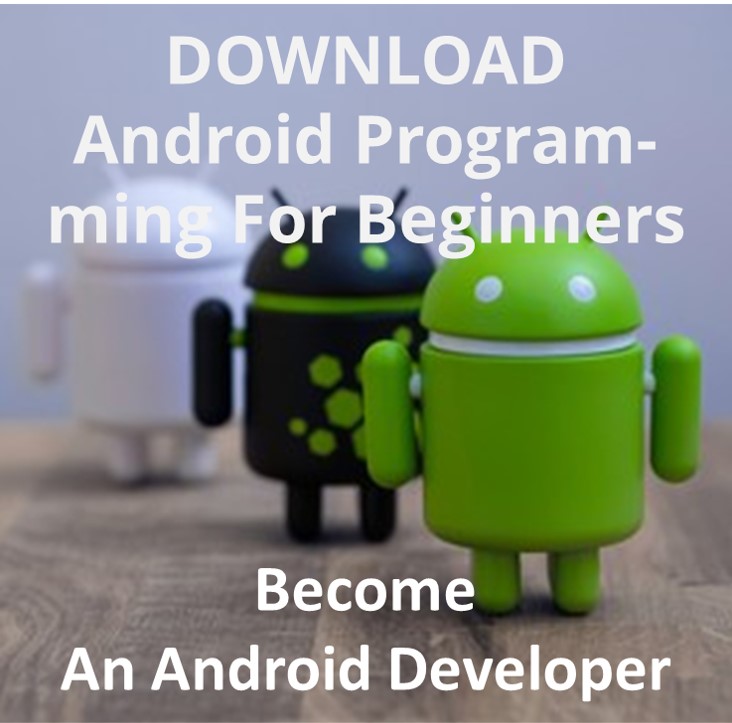About this Course
Android is the most popular OS in the world. There are millions of devices accessing tens of thousands of applications. It is many people's entry point into the world of technology; it is an operating system for everyone. Despite this, the entry-fee to actually make Android applications is usually a computer science degree, or five years’ worth of Java experience. Android Programming for Beginners will be your companion to create Android applications from scratch—whether you’re looking to start your programming career, make an application for work, be reintroduced to mobile development, or are just looking to program for fun. We will introduce you to all the fundamental concepts of programming in an Android context, from the Java basics to working with the Android API. All examples are created from within Android Studio, the official Android development environment that helps supercharge your application development process.
COURSE COST
NGN 150,000
TIMELINE
8 Days
SKILL LEVEL
Beginner
INCLUDE IN THE COURSE
Rich Learning
Content
Taught by
Industry Pros
Student Support
Community
Interactive Quizzes
Self-Paced Learning
Join the Path to Greatness
This course is one of your fundamental step towards a new career building of confidence in Android Development at Greaterheight Academy Program.
OUR COURSE
Android Programming For Beginners
Enhance your skill set and boost your hirability through innovative, independent learning.
GREATERHEIGHT ACADEMY PROGRAM
Become an android developer
Accelerate your career with the viable confidential credentials that fast-tracks you into a job and or business success.
LEARN MORE
| Date | Venue | Course Fee Before 28 June 2022 |
Course Fee Before 2 September 2022 |
|---|---|---|---|
|
6 – 16 May 2022
|
17B Debo Aina Crescent, Off Adeymo Akapo Street, Omole Phase I, Ojodu
|
NGN 150,000
|
NGN 310,000
|
| Date | Venue | Course Fee Before 28 June 2022 |
Course Fee Before 2 September 2022 |
|---|---|---|---|
|
6 – 16 May 2022
|
17B Debo Aina Crescent, Off Adeymo Akapo Street, Omole Phase I, Ojodu
|
NGN 150,000
|
NGN 310,000
|
| Date | Venue | Course Fee Before 28 June 2022 |
Course Fee Before 2 September 2022 |
|---|---|---|---|
|
6 – 16 May 2022
|
17B Debo Aina Crescent, Off Adeymo Akapo Street, Omole Phase I, Ojodu
|
NGN 150,000
|
NGN 310,000
|
| Date | Venue | Course Fee Before 28 June 2022 |
Course Fee Before 2 September 2022 |
|---|---|---|---|
|
6 – 16 May 2022
|
17B Debo Aina Crescent, Off Adeymo Akapo Street, Omole Phase I, Ojodu
|
NGN 150,000
|
NGN 310,000
|
Course fees include documentation, luncheon and refreshments. Delegates who attend all sessions and successfully complete the course assessment will receive Certificate of Completion.

*Book and pay full fee for two colleagues and the third attends for FREE
- Not applicable in conjunction with corporate discounts
- Payment to be settled before start of the course to avail the offer
- This offer is not applicable on Early Bird Prices
For more information, email GreaterHeight Academy on info@greaterheight.academy
WHAT YOU WILL LEARN
Lesson 1
The First App
- How Java and Android work together
- The development environment
- What makes an Android app
- Our first Android app
Lesson 2
Java – First Contact
- Examining the log output
- Improving our app and deploying again
- Meet Java
Lesson 3
Exploring Android Studio
- The Android Studio guided tour
Prerequisites and Requirements
The pre-requisite for this course include A compatible and functioning computer.
See the Technology Requirements for using GreaterHeightAcademy.
Why Take This Course?
At the end of this course students will be able to:
- After this crash-course, we’ll dive deeper into Android programming and you’ll learn how to create applications with a professional-standard UI through fragments, make location-aware apps with Google Maps integration, and store your user’s data with SQLite.
- In addition, you’ll see how to make your apps multilingual, capture images from a device’s camera, and work with graphics, sound, and animations too.
- By the end of this book, you’ll be ready to start building your own custom applications in Android and Java.
WHAT DO I GET?
Instructor
Materials
Learn by doing exercises
and assignments
Taught by industry
professionals
Documentation
Launcheon
Certificate of
completion
Related Courses
Our Popular Courses
GET THE INFO FROM AN EXPERT
Dive deep into the curriculum, the course structure, and what you can achieve from a course mentor.
See if this program is a fit for you. Meet the GreaterHeight team, get an overview of the program curriculum, and chat with other students thinking about this program.

Android Programming For Beginners information Session
By providing us with your email, you agree to the terms of our Privacy Policy and Terms of Services.
FAQs
We love questions, almost as much aswelove providing answers.Here are a few samplings of what we're typically asked, along with our responses.
Because we Create dynamic, innovative products with our Anrdoid Stack Developers, Software Engineers and Professionals as instructors.
By the end of this course, you will practically learn and Understand and apply various Git commands, Explore Git with tools like GitHub Desktop and Source Tree, Apply various designing and work flow techniques using Command line, Use commands and tools for reviews, Implement Git flow designs in Source Tree, Apply work flow using GitHub Desktop and more...
Creative, dynamic, and serious minded Student, Managers in various fields, Developers and Networking students that are looking forward to be porfessionals Android Development.
You will create a project (see also our project section) as following:
- Fork the repository that will be created by the trainer for the project
- Clone the forked repository on to local machine
- Create feature branch on the local machine
- Configure the upstream repo
- Add some files, edit the files. remove some files and finally commit the changes to the feature branch and push it to the origin report
- Create a pull request for other developers
- Work on the pull request feature and provide comments on GitHub UI
- Merge the changes from the pull repository of other collaborators to their local repo
- Push the changes to the main branch and finally delete the feature branches


